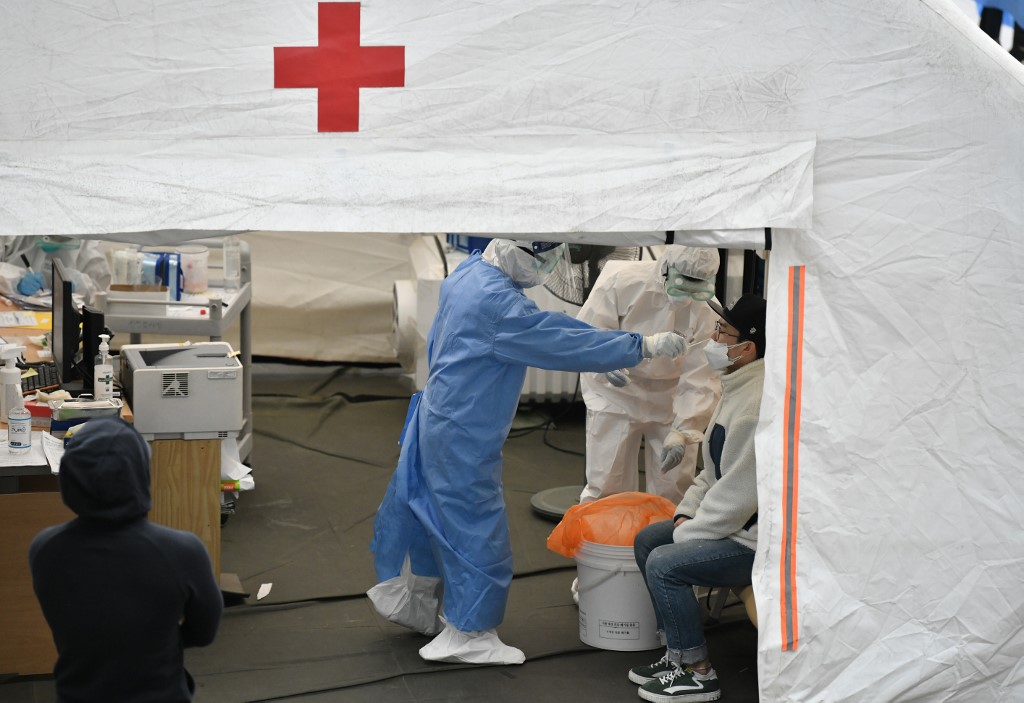What will the economic recovery from the coronavirus crisis look like in different countries? Economists have taken to using letters to describe the shape of potential recoveries … or stagnation.
U, V, W, and L-shaped recoveries all describe a brutal drop in economic activity since the coronavirus struck China at the beginning of the year. From there they outline different scenarios of how what the IMF has called the worst recession since the Great Depression could play out.
The hoped for U-turn
After the plunge provoked by the lockdown orders, economic activity slides into a trough for a period. That is due to sectors such as tourism and entertainment being more durably hit and requiring more time to adjust. But a recovery then gradually takes hold, before accelerating sharply.
The IMF saw this as a possible scenario for the world’s advanced economies, which have been hit the worst. In its updated forecasts released last month it sees them recovering much if not all of the drops suffered this year.
But such a recovery will depend on the absence of a severe second wave of the epidemic that would force countries to reimpose lockdowns.
V an unlikely version
A V-shaped recovery is the best: a sharp drop followed immediately by a similar sharp recovery. The government-paid leave programmes in some countries that have kept people formally employed are aimed at supporting such a recovery as workers will have income to spend.
But the longer lockdowns and the crisis last, the less likely such a version becomes.
That doesn’t mean that you can’t hope: the Bank of England expects a 14% contraction in the economy with a 15% rebound next year.
The IMF sees a V-shape recovery for emerging and developing countries overall, with a 1% drop followed by 6.6% rebound.
W for (second) wave
A brief recovery followed by a relapse before a sustained return to growth is not unusual. This was the experience of the eurozone following the global financial crisis in 2008. A gradual recovery was cut short as investors began to worry about the debt levels of Greece, Italy and Spain.
Economists see a W-shaped recovery as likely if a strong second-wave of the coronavirus forces countries to adopt strict lockdown measures once again.
L for lethargic
This would be the worst possible outcome as it describes a failure to recover from the crisis. After a plunge in output an economy stagnates. In this case it would mean a wave of bankruptcies followed by a long period of widespread unemployment.
Such steps down in economic output are not unheard of – think of Japan’s lost decade that began in the early 1990s when falling prices kept the economy from growing.
Swoosh: Just (don’t) do it
Think of the swoosh logo of US footwear firm Nike – a drop followed a long, gradual return higher. This is a scenario many advanced countries could follow as the IMF is already forecasting that their growth next year will fail to fully compensate for the falls they suffer this year.
AFP
























